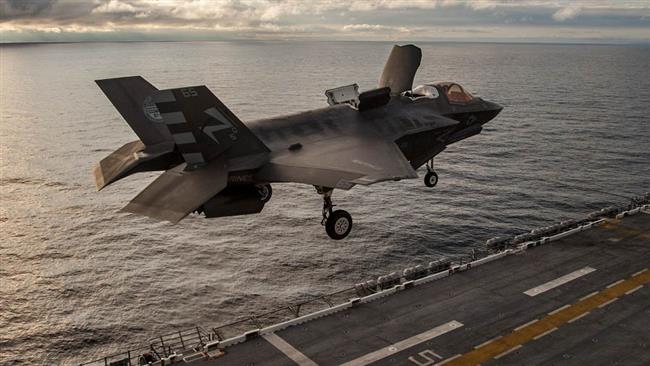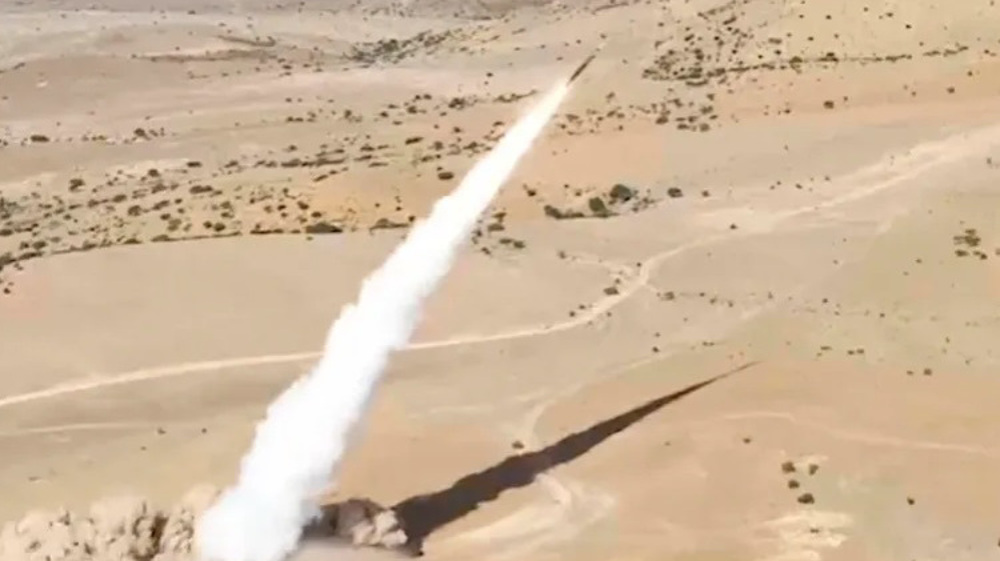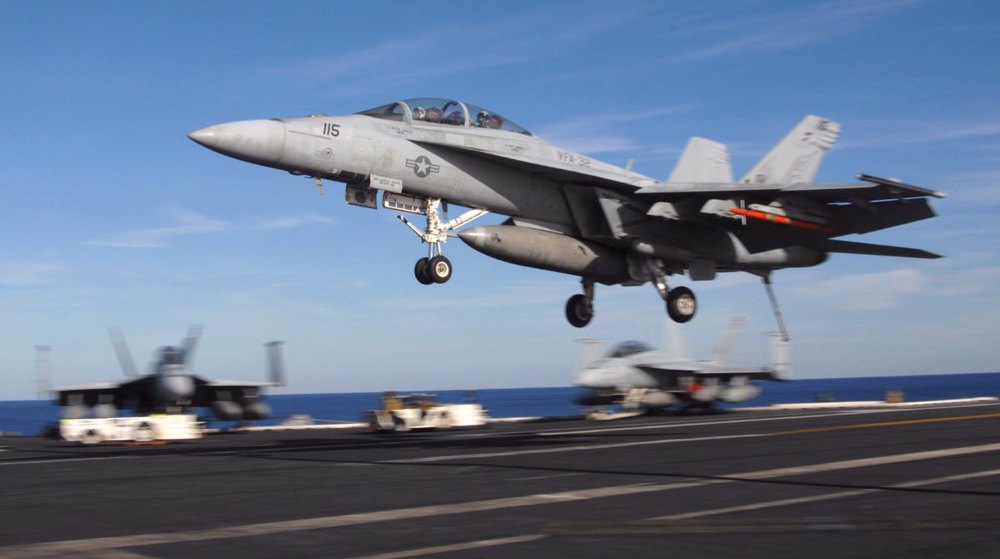US Marine Corps sends ten F-35 fighter jets to Japan
The US Marine Corps has sent a squadron of its newest fighter jets to Japan, marking the first permanent overseas deployment of the joint strike fighter.
Ten F-35B fighter jets from Marine Fighter Attack Squadron 121 (VMFA-121) departed Marine Corps Air Station Yuma in Arizona on Monday and flew to Marine Corps Air Station Iwakuni on Honshu Island in Japan.
According to Marine Corps spokesman Capt Kurt Stahl, an additional six jets would also be relocated from Yuma to Iwakuni, bringing the total number of aircraft to 16.
“The transition of VMFA-121 from MCAS Yuma to MCAS Iwakuni marks a significant milestone in the F-35B program as the Marine Corps continues to lead the way in the advancement of stealth fighter attack aircraft,” the service said in a statement on Tuesday.

In July 2015, VMFA-121 became the US military’s first operational F-35 squadron. Since then, the squadron “has continued to fly sorties and employ ordnance as part of their normal training cycle,” the Marine Corps said.
The F-35B fighter jet, which has been bedeviled by technical glitches and soaring cost overruns, is under scrutiny from critics including President-elect Donald Trump.
The F-35 is the most expensive aircraft in history, and its costs are predicted to go even higher.
Considering servicing, maintenance and other costs for the F-35 over the aircraft's lifespan through 2070, analysts projected that the overall program costs will add up to $1.5 trillion.
Last month, Trump said he wanted rival Boeing to price out a possible alternative.
"Based on the tremendous cost and cost overruns of the Lockheed Martin F-35, I have asked Boeing to price-out a comparable F-18 Super Hornet!" Trump tweeted on December 22.

The F/A-18 Super Hornet, which does not possess stealth capabilities, has been in use since the late 1990s.
The F-35, however, is touted for its speed, close air-support capabilities, airborne agility and a high number of sensors which give pilots unparalleled access to information.
"The unique combination of stealth, cutting-edge radar and sensor technology, and electronic warfare systems bring all of the access and lethality capabilities of a fifth-generation fighter, a modern bomber, and an adverse-weather, all-threat environment air-support platform," the Marines said in its statement.
VIDEO | Yemeni forces repel US-British attack, down F-18 Jet
Iran’s capabilities vast; enemy’s ‘maximum pressure’ policies all failed miserably: Senior official
Iran’s economy grew 2.7% y/y in Sep quarter: CBI
VIDEO | Freelancers in Gaza strive to stay online amid genocide
Mikati demands Israel's withdrawal from south Lebanon
Yemeni army strikes Israeli military sites with drones
‘Clock ticking’: UNRWA slams unjustifiable killing of children in Gaza
BP to be sued in Britain for supplying oil to Israel

















 This makes it easy to access the Press TV website
This makes it easy to access the Press TV website